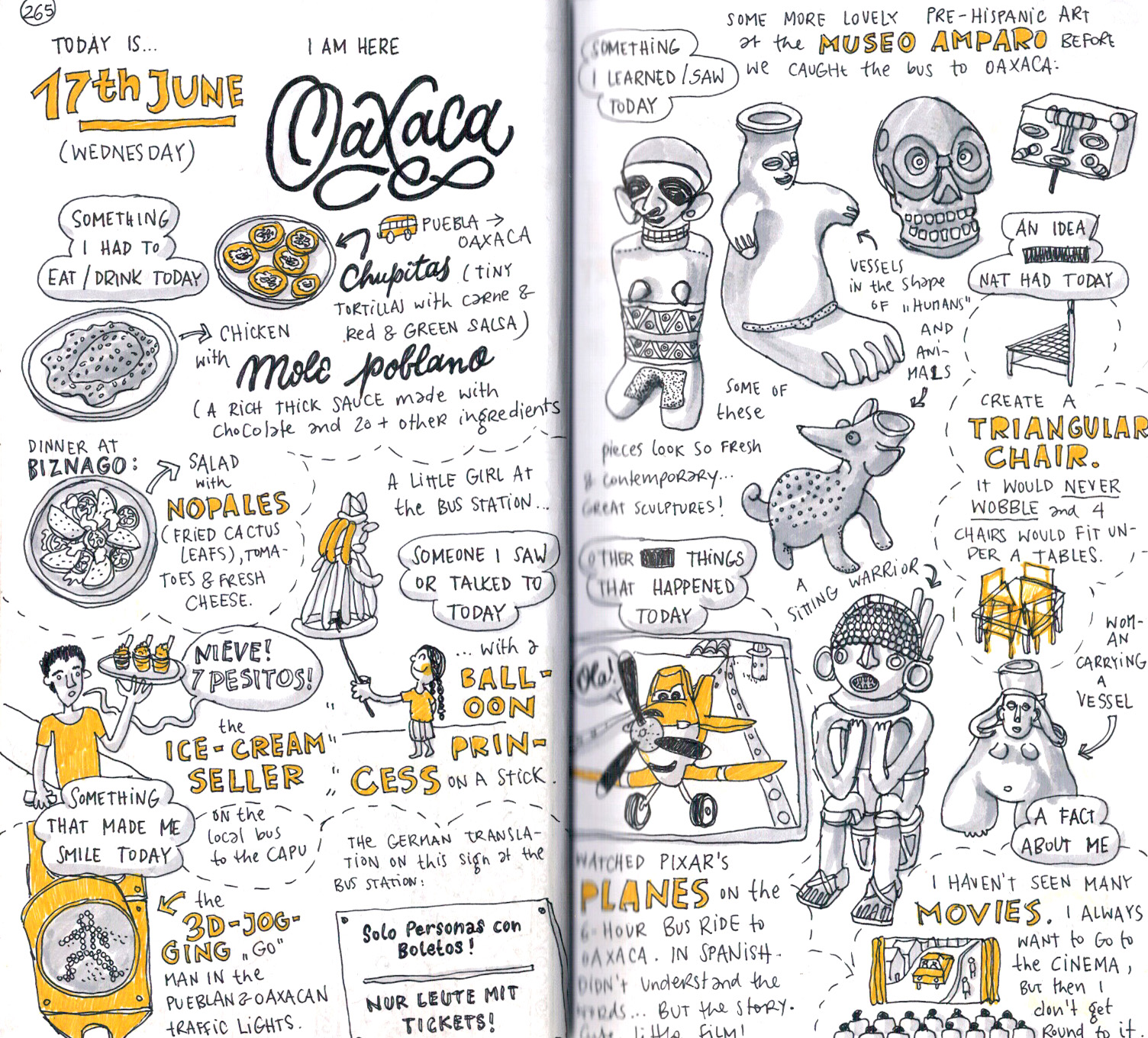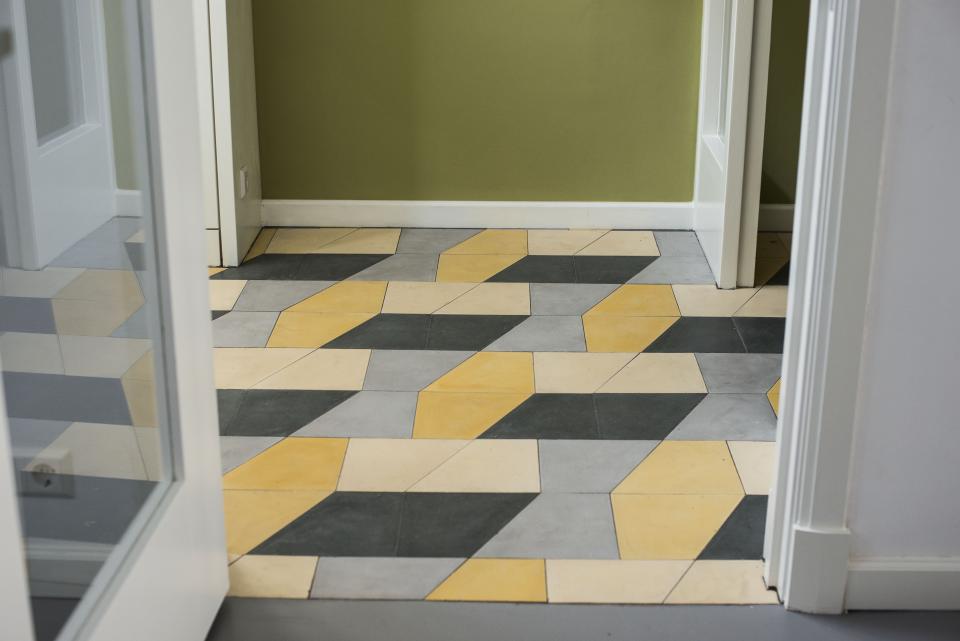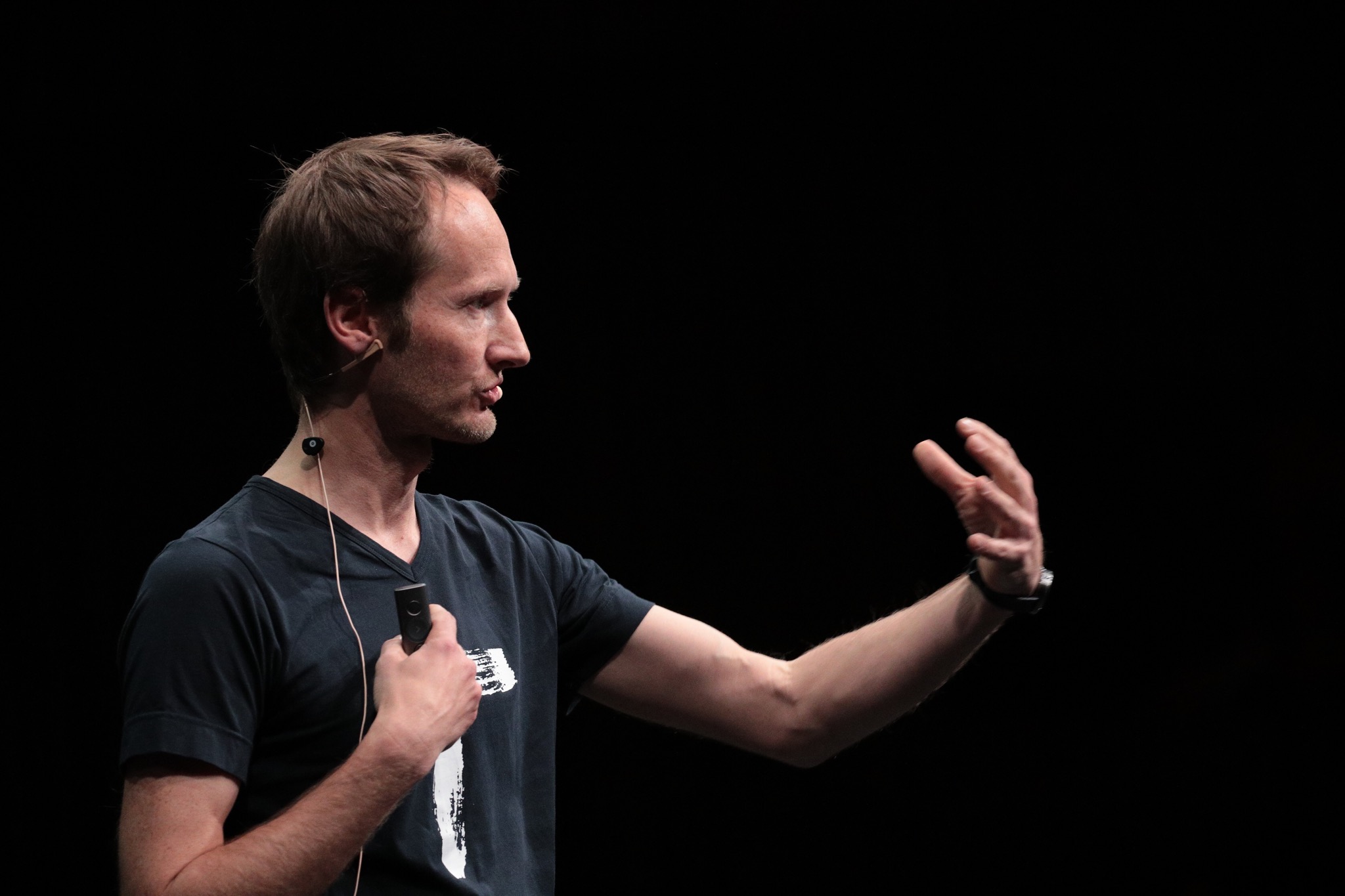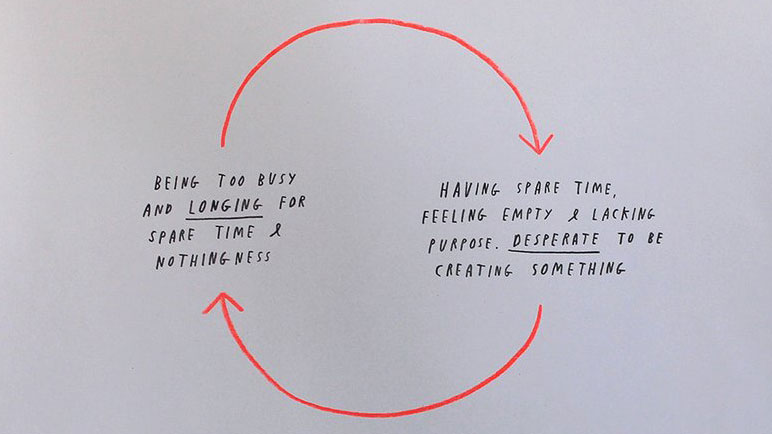Why you should make time for creative side projects

Making time for a side project is an ambition lots of creatives strive for. After all, design is a broad discipline with plenty of different skill sets working together and overlapping, so it makes sense to want to master everything – and passion projects are a great way to do that.
However, it’s the ‘making time’ part that most people struggle with. To show you why creative side projects are worth the hard work, and how they can improve your life, we talked to leading creatives who’ve turned their side projects into careers. Make sure you also see our tips for better side projects for more ideas.
One of the best things about a side project is that it gives you the chance to explore a topic or technique without the pressure you'd feel if it was your day job, or if you knew it was going to be graded.
This feeling of freedom and playfulness is probably what attracted a lot of people to a creative career in the first place, so side projects are a valuable reminder that the design industry is a great place to be, all things considered. At the very least they’re a good way of giving your brain some exercise. They can also come in handy in ways that aren’t immediately obvious.
Explore diverse mediums

“It’s better to be seen as a generalist in all creative fields,” says Peter Bil’ak, speaking at TYPO Berlin 2017 during his ‘The Best Thing About Design’ talk.
If anyone knows about the benefits of a side project, it’s Bil’ak. With a career that's seen him starting the type foundry and design studio Typotheque, teaching typeface design at the Royal Academy of Arts in the Hague, as well as editing the magazine of unexpected creativity, Works That Work, Bil’ak is walking proof that a diverse set of skills can take designers in surprising directions.
One project that sums up Bil’ak’s outlook and work ethic is the decorative cement floor tiles he created after speaking at the Es Baluard Museum of Modern and Contemporary Art in Mallorca, where he was inspired by traditional Mediterranean architecture.
Daily design news, reviews, how-tos and more, as picked by the editors.
As he says on the Typotheque blog, this project was an example of design at its best, in that it “addresses a very specific need, something both straightforward and personal.” And where better to explore a personal design connection than with a side project?
This project also ties into Bil’ak’s belief that good design isn’t necessarily the one that generates the most money. In fact, by taking away commercial pressures, side projects give creatives a rare opportunity to design for fun again and come up with original ideas they wouldn’t have thought of otherwise.
Work offline

When I work on too many projects, it helps to work offline for a period of time
Peter Bil'ak
There are also other benefits to this way of working. “My work consists of mainly self-initiated projects, so I have a great advantage that I don’t have to attend any meetings,” Bil’ak tells Creative Bloq.
“That means all of my time in the office is productive time. Another great advantage is that I live in a fairly small city – The Hague – so I don’t waste time commuting, but cycle 10 minutes to work.”
While he admits these are specific pieces of advice that might not apply to everyone, Bil’ak does offer another insight that’s sure to help anyone struggling to make time for personal projects.
“When I work on too many projects, it helps to work offline for a period of time – for me, the early afternoon time is my most productive time in the office,” he explains. “Otherwise, the constant flow of emails, online garbage and social media is too disruptive for productivity.”
Keep going: slow and steady wins the race

As well as filtering out distractions, it’s also useful to keep in mind that side projects are something you need to keep plugging away at over a long period of time, if you want to get the most out of them.
For illustrator and rapper Mr Bingo – whose illustration ‘The Problem With Life’ sums up the struggle creatives wrestle with all the time – focusing on a side project meant he could leave behind working as a commercial illustrator, and dedicate his time to being, in his words, “some sort of artist”.
“I started doing side projects about 20 years ago,” Mr Bingo told us. “Over the years, the weight of importance I put on side projects became greater and greater until two years ago, when I gave up working for clients and side projects became my entire life. It’s the best decision I ever made.”
The building pressure to pursue a side project is a feeling lots of creatives can relate to. For Mr Bingo, this urge boiled over one drunken night when he decided to send a vintage postcard from his personal collection to a lucky Twitter follower.
The popularity of this impulsive experiment eventually evolved into Hate Mail, a phenomenally successful Kickstarter-funded book that collected together 156 hateful postcards that Mr Bingo had sent out to eager recipients.
Do work you can't resist
Combining his passion with his creative skills made Mr Bingo’s Hate Mail a success, but sometimes there can be a nagging doubt that a project just isn’t coming together as naturally as you would like.
If you’re questioning the drive of your work, Mr Bingo has some no-nonsense words of wisdom.
“If you’re struggling to make progress with your side projects, give up. They’re not for you. The best work – in my opinion – comes naturally, and comes from the heart. It’s a gut instinct to want to make stuff. You shouldn’t need to motivate yourself to do this stuff: it should be a passion; a thing that you feel you just have to make.“
“That’s how I feel about it, but maybe I’m mental and addicted to ‘work’. I prefer not to use the word 'work' though – I’d say I’m addicted to my hobby, and sometimes people pay me for it. I am mental though, nobody should ever listen to my advice.”
See where your passions take you

Impulsive behaviour can be the tipping point that turns a side project into something much bigger. And while Mr Bingo’s Hate Mail project might have taken some Dutch courage to get off the ground, other creatives have embarked on more drastic moves that took a lot more planning.
Just start doing something that interests you and see where it will take you
Eva-Lotta Lamm
“In 2014, my boyfriend and I quit our jobs, sold most of our belongings and went on a trip around the world,” says designer, illustrator and visual thinker Eva-Lotta Lamm. “Travelling and taking time to experience the world around us is usually a ‘side project’. Work takes most of our time, so we made it our main project for 14 months."
“It also allowed me to spend a lot of time sketching. I drew an illustrated spread in my travel diary every day, which – although I hadn't planned it in the beginning – turned into quite a substantial side project called Secrets From The Road.”
Drawing sketchnotes had been Lamm’s ‘side thing’ for roughly eight years. These visual notes were often jotted down at talks and conferences for her own benefit, but they soon started to find a life of their own after she shared them on Flickr.
Enjoying listening to some great talks at 33pt conference at my old uni. Also: colour coordination games is strong today. #sketchnotes pic.twitter.com/0e4e44aK2J23 June 2017
“In 2010, I gave a talk about sketchnoting at a BarCamp,” she explains. “Based on that, I was invited to give the same talk at a conference. Little by little I got more speaking engagements and also started teaching practical workshops.”
"This year, I finally made this ‘side branch’ of my activities my main focus. I’m now working independently, helping people to think and communicate more visually. My former side projects turned into my main career.”
Even if the meandering trajectory of a side project doesn’t change your career completely, Lamm is keen to point out that this is part of their charm. After all, you’ll never know where they’ll take you if you don’t try them out.
“My advice is to just start doing something that interests you and see where it will take you,” she says. “One of my mottos is: 'The making influences the thinking' – Otl Aicher. So start making. It might not look like a ‘project’ at the beginning, but if you keep doing it regularly, it will develop. And even if not every activity does develop, at least you had a good time doing it.”
Related articles:

Dom Carter is a freelance writer who specialises in art and design. Formerly a staff writer for Creative Bloq, his work has also appeared on Creative Boom and in the pages of ImagineFX, Computer Arts, 3D World, and .net. He has been a D&AD New Blood judge, and has a particular interest in picture books.
